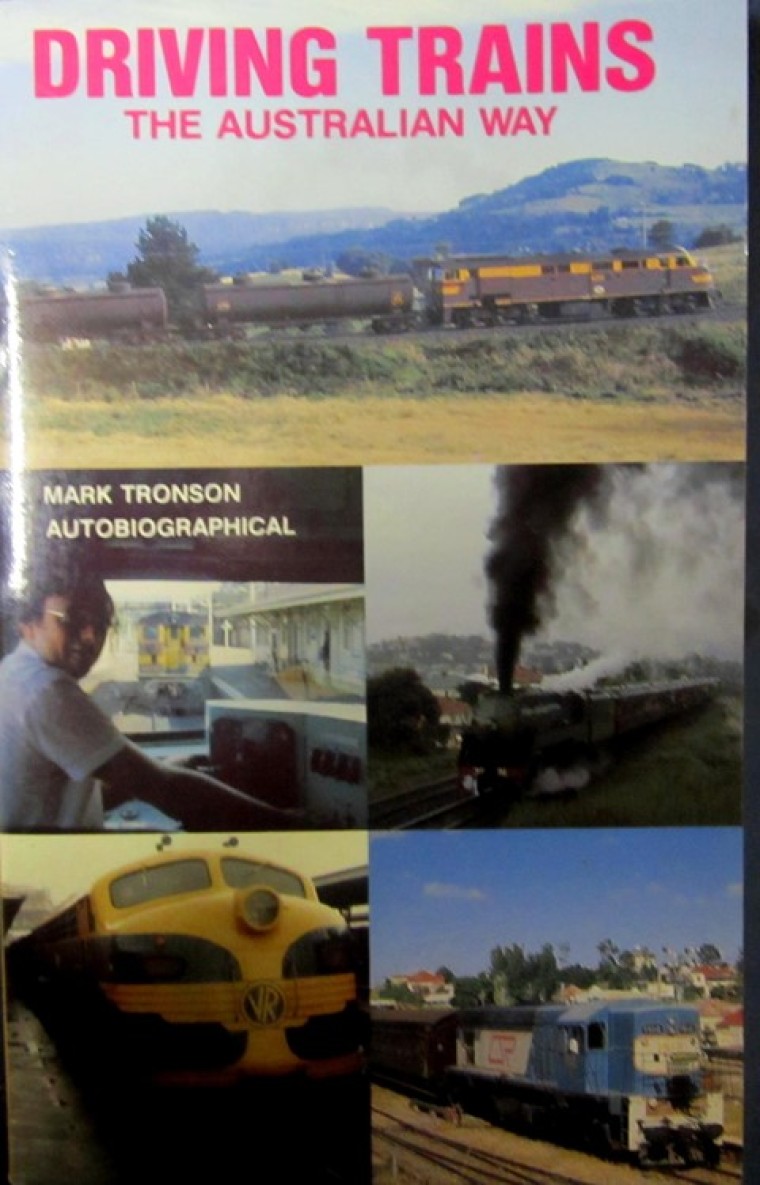

With the transition from steam to diesel in the late 1950s-60s, a new era for locomotive crews came into being. One of these related to the nature of keeping the train running.
With steam engines, any delay or train working issue could be put down to numerous steam functioning problems. The old style steam engine driver, was recognised as a figure of some esteem due to these vagaries of steam.
However, the diesel era saw a number of subtle changes. First, many more people were familiar with engines driven by a variety of oil fuels; they drove water pumps, machinery, ships, motor vehicles, and aeroplanes. The diesel electric locomotive was not such a strange mythological creature as was the panting and breathing steam locomotive.
Second, the nature of the work saw a change in the type of recruiting.
General good health and an average intelligence became the only necessary qualifications for recruiting diesel locomotive staff, whereas in the days of steam, it was important that men had a good working knowledge of the mechanical operation which accompanied steam locomotion.
Third, and possibly a little surprising, that in the steam era, the locomotive driver and fireman not only needed a high level of skill, but also a good ear for steam running. They needed to understand 'in their bones' that the importance of the undefined 'extras' such as the meaning of the different sounds of the steam piston.

Change
However when the diesel era came, the defining of each engine by the internal magic of steam working was replaced with more worldly images such as the diesel's outward design (streamline or hood) and its livery (colours).
For example, Queensland adopted a blue and white livery scheme, New South Wales a russet red, Victoria a dark blue, South Australia a silver and maroon.
Queensland adopted only 'one' streamlined round-nose design, whereas New South Wales and Victoria chose a variety of streamlined diesel designs (streamline means a round nose).

Reflections
I've often reflected on the changes brought with the coming of diesel. It's not unlike becoming a follower of Jesus Christ, as there is now a new world view.
What hasn't changed is that food and clothing is still required for the family, the children's educational needs have not altered. What has changed is the way 'Christians' give over the direction of their lives to the person of Jesus, and this can be very subtle.
These sorts of things change - the use of our disposable income, our choices, what we do with our time, goals, how providence is understood, recognising it is the Lord who opens and closes (proverbial) doors. It means seeing and witnessing the world with a different perspective.
What is more, following Jesus can be very exciting – what about young people who go to bible college or YWAM or some other mission – a new world of experience and opportunity opens up.
39 years ago my wife Delma and I moved from a very promising railway career into seminary followed by a faith funded mission which saw the development of the sports ministry (chaplains in professional sport), later elite athlete respite facilities, Olympic ministry, an enormous number of young people being published in Christian Today, a missionary respite beach house, Country Town Tours, and a whole lot more.
Anything is possible. If older men steam engine drivers set in their ways and associated physical endeavours - can change to the sedentary nature of driving huge diesel locomotives – then becoming a follower of Jesus too is in the realm of the possible.

Dr Mark Tronson is a Baptist minister (retired) who served as the Australian cricket team chaplain for 17 years (2000 ret) and established Life After Cricket in 2001. He was recognised by the Olympic Ministry Medal in 2009 presented by Carl Lewis Olympian of the Century. He mentors young writers and has written 24 books, and enjoys writing. He is married to Delma, with four adult children and grand-children.
Mark Tronson's archive of articles can be viewed at http://www.pressserviceinternational.org/mark-tronson.html